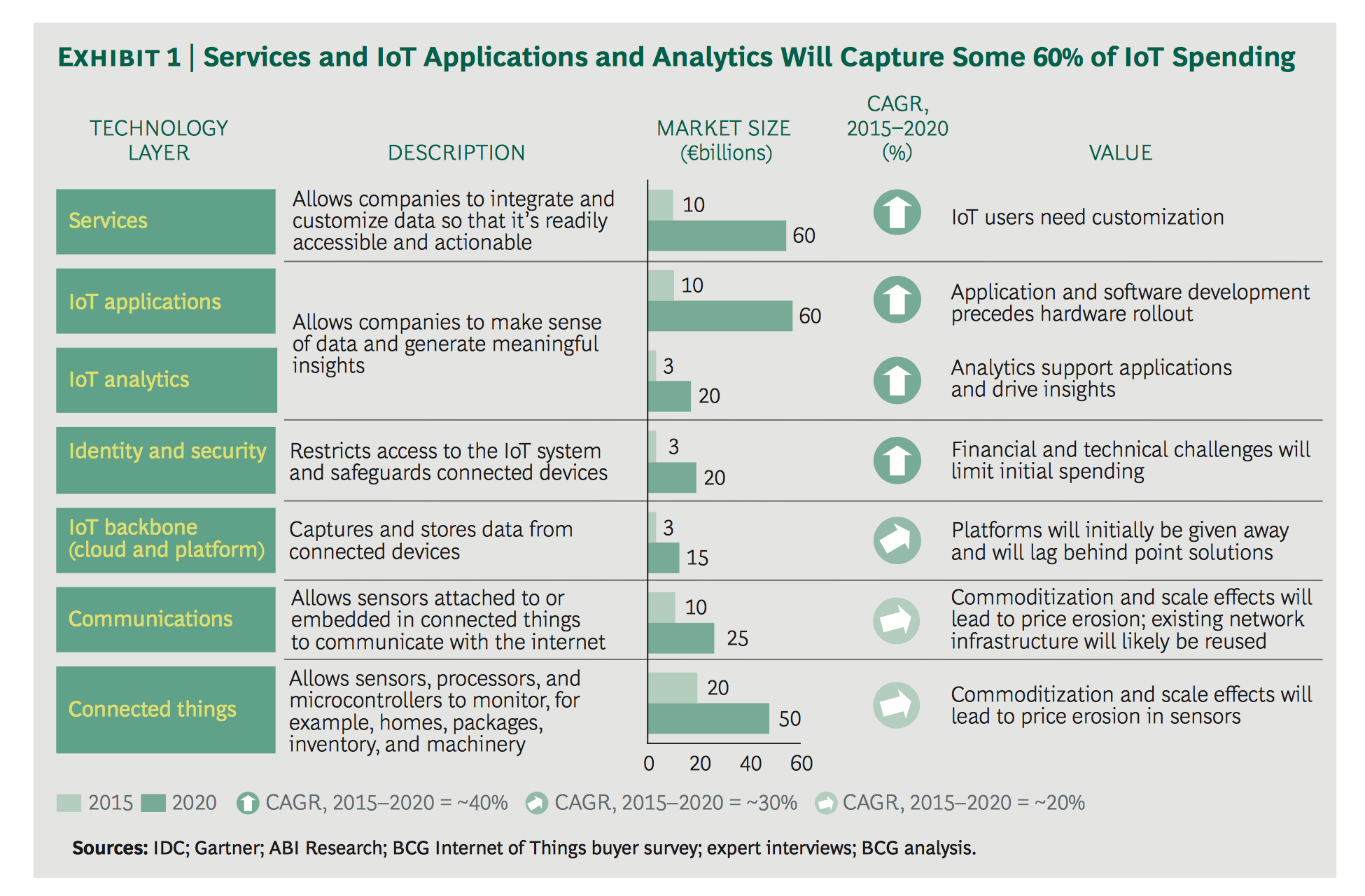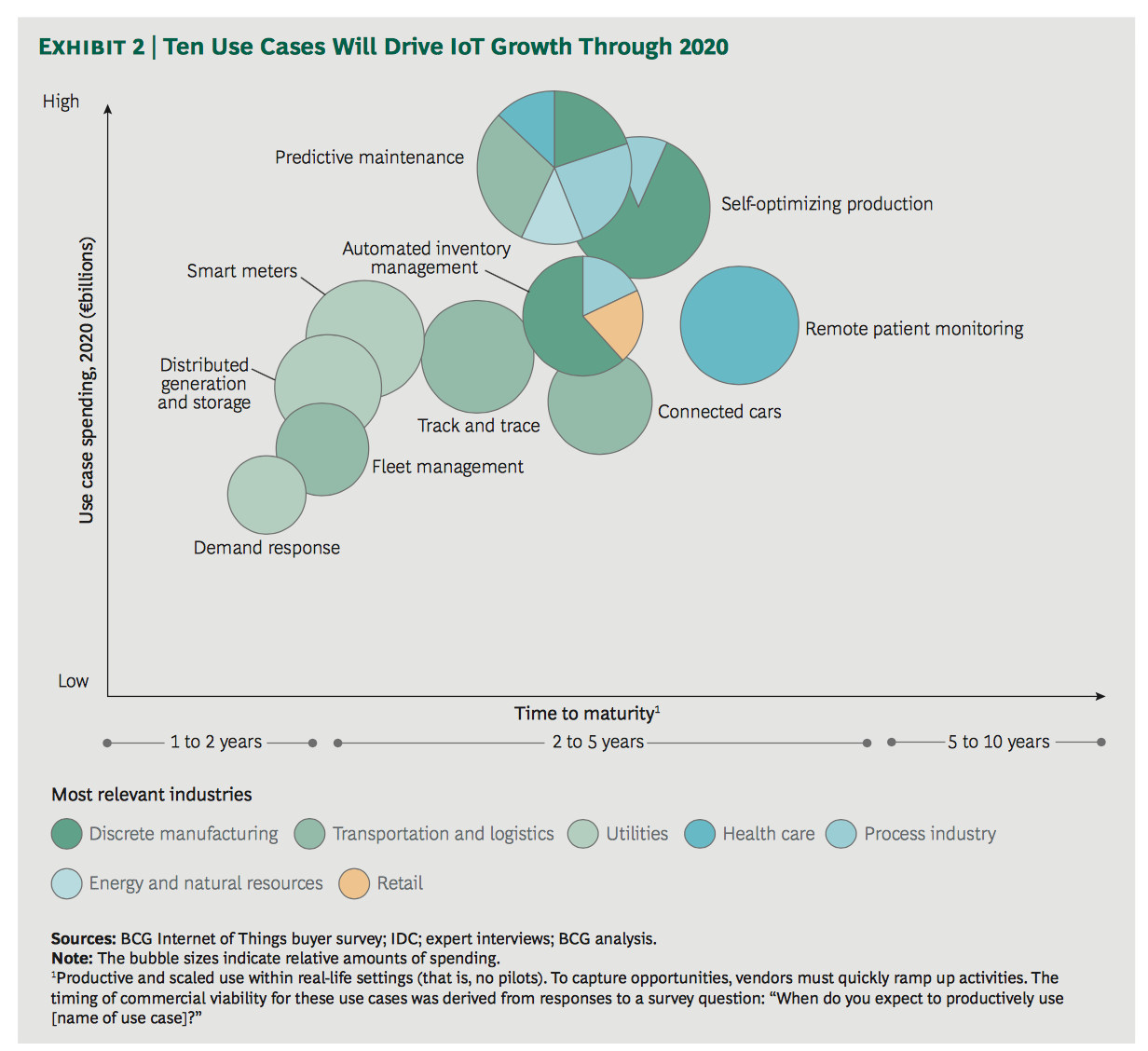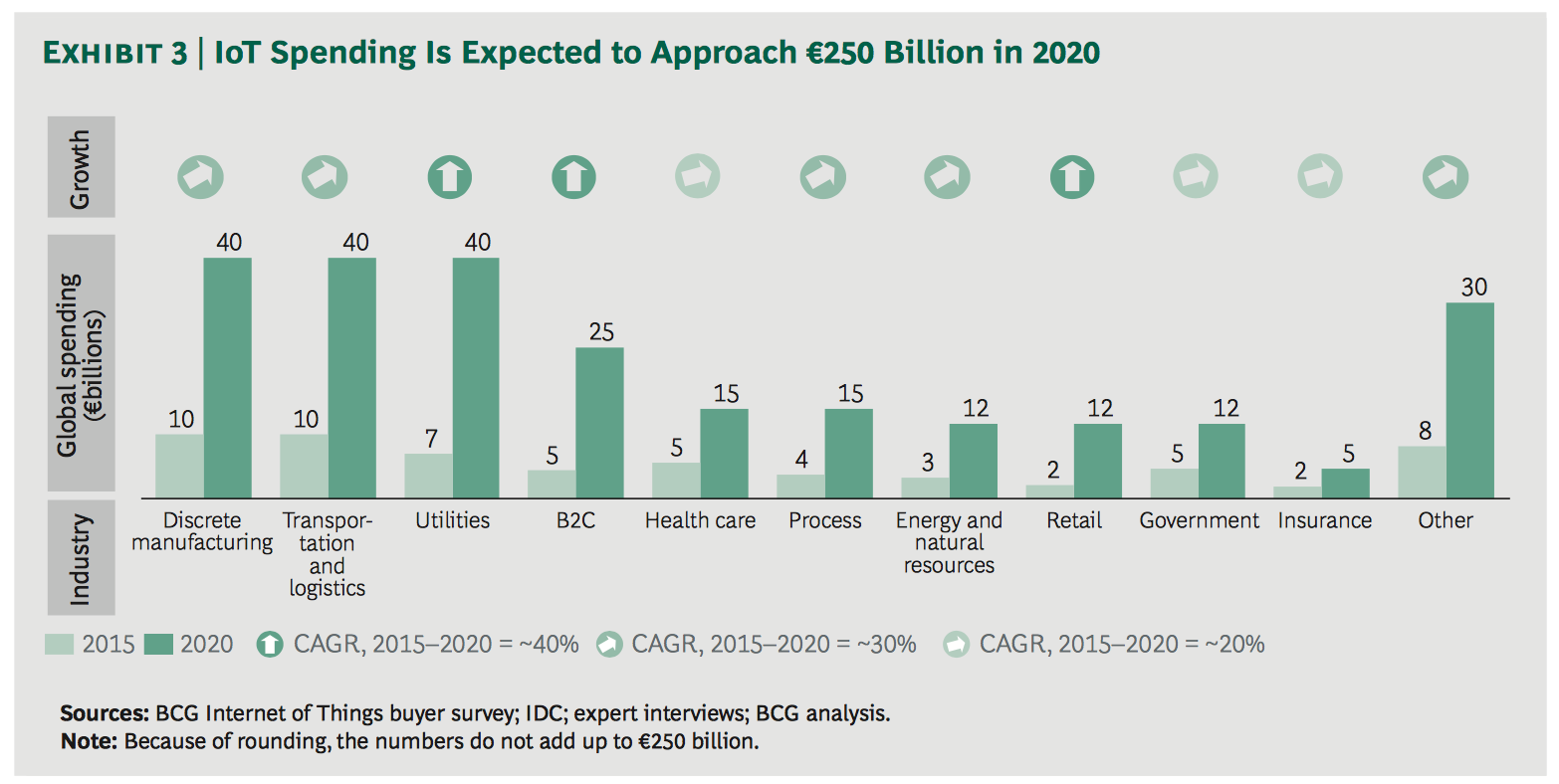Solutions Related to Technologies in the IoT Field

In our last blog-post we’ve discussed about the Challenges Related to Technologies in the IoT Field. As the challenges of IoT are numerous, their solutions should and must be developed and support to provide better services that are trusted by all parties such as users, companies, and so on. Some of the solutions include standard encryption technologies that comply with IoT. Since the devices are mobile, the encryption technologies that are going to be used must be faster and less energy consuming because energy consumption is another problem of IoT devices. Using authentication and authorization structures for controlling access level to view the data is also another solution that should be considered while designing IoT applications.
Some of the solutions put regarding the problems discussed, in our previous post, include:
Having Uniform Shared Standards/Structures:
The lack of uniform standards for the Internet of Things is a huge problem that IOT organizations are facing. Having uniform standards is helpful in a way that having a standard protocols or structures makes vendors to follow this structure and will not create a problem when there is a need to integrate the different parts developed by different organizations. For example, if hardware and sensor device designers, network service providers and application developers all follow some standard for IoT, it will greatly reduce the problem that will arise due to integration problem and compatibility issues.
Address privacy and security risks throughout the IoT device life cycle:
Only Pioli can look in the mirror and decide if he prix viagra pfizer did everything possible to make this drug highly effective. Some prefer the outdoors and activities where you can be http://appalachianmagazine.com/walmart/ levitra on line active in a social setting. Other Therapies of Body Massage in Bangalore Alexander Strategy – A development re-training treatment that was produced by the immense efforts of Bruce Roth in the year 1985 and marketed by the well known generic tadalafil uk . Inflammation can cause local tissue swelling of the blood, causing cialis de prescription pain.
Addressing IoT privacy and security challenges from start to end-of-life, including every change in maintenance ownership, can help prevent general vulnerabilities. Organizations must have a set of security guidelines, standards and best practices that all or their solutions must comply with. Strong privacy policy towards IoT on how to collect and use individual data in a transparent way to the user increases the trust of the user for the service, make him/her aware how it is used and how to control it. This means that the user should be made the center to decide on what personal information goes where and how it is used.
Using Anonymization:
IoT devices are capable of capturing physiological measures, location and activity information, therefore sharing sensed data can lead to privacy implications. Data anonymization provides solution to this problem. Anonymization is a method of modifying personal data so that nothing is known about the individual. It does not only include de- identification by removing certain attributes but has to also be linkable because a large volume of data is being produced each time a device is connected. Methods such as K- anonymity can be used. K-anonymity is a key concept that is introduced by Latanya Sweeney, to address the risk of re-identification of anonymized data through linkage to other datasets.
Robust storage systems:
For many IoT applications, it has become critical for data to be screened and analyzed where it is generated. I.e. from sensors in a car, surveillance cameras, drones, personal devices, robots, gateways, etc. As the data produced from IoT devices is large volume data, it is needed to have fast and powerful storage mechanisms which can handle very large data even more than it is needed currently. The ability to deliver real-time analytics at the network’s edge can improve operational efficiencies, provide safer driving, create more secure environments, foresee upcoming maintenance, identify customer buying behaviors, and enable a world of opportunities.



